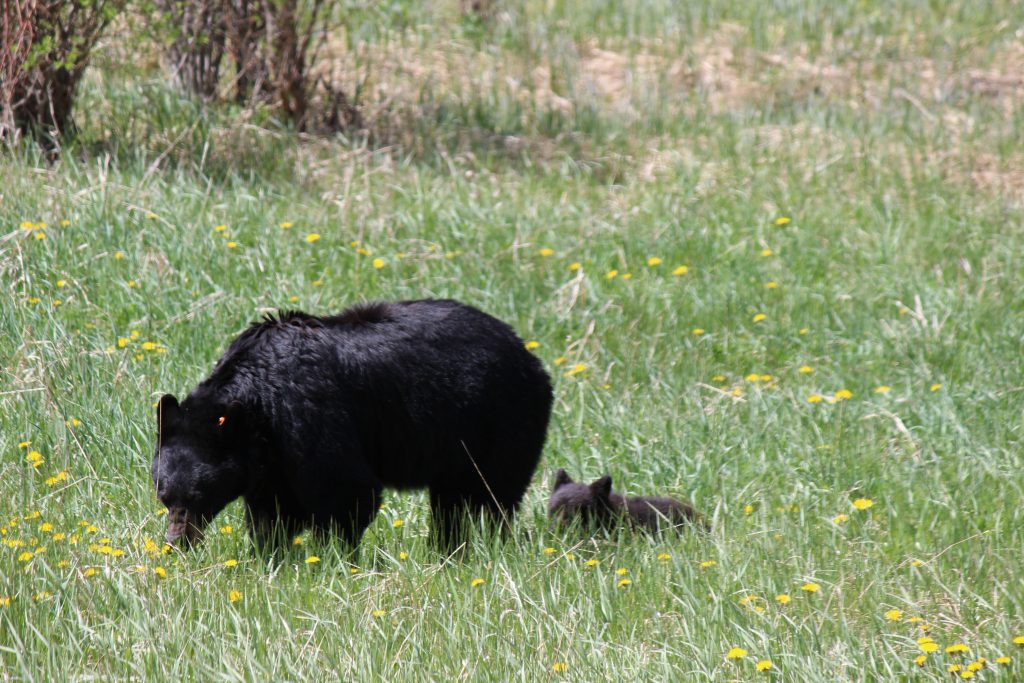Student Scientists Explore Yellowstone


The group yelled “land ho!” at the sight of a herd of bison, relief blanketing them as the week-long game of bison tag finally came to an end. They crouched down, heels digging into the grassy terrain, and plunged their gloved hands into their treasure on the ground. Fresh, warm bison poop was what they had come for and it now coated their fingertips.
This is just one of the many adventures experienced by HBA students on a trip to Yellowstone National Park in the summer of 2021. Originally, this science department trip was planned for the spring of 2020 and the destination was to be the Galapagos Islands. However, COVID-19 pandemic conditions led to a schedule and destination change. Science teacher and trip chaperone Isaac Duncklee explained, “[The HBA administration] saw Yellowstone as a good backup option to be able to provide some form of a replacement so that the trip wasn’t lost. Also, I think as teachers, we really wanted to provide something in any way we could to help make up for the loss so we were more than happy to help plan a trip.”
HBA teamed up with Ecology Project International, a conservation organization that offers research project opportunities for students, to bring the trip to fruition. Science department chair and trip chaperone Claire Mitchell said, ”We [wanted students] to have the opportunity to really apply what we’ve been talking about and doing in our science classes in a field environment, [and] to be able to do things you wouldn’t be able to do if you went on your own to make the trip even more worthwhile.”
The students participated in a number of research projects including tracking bison and collecting fecal samples. This involved studying the animal’s migration pattern, population, and diet. Jasmine Oki, who is now attending the United States Air Force Academy, explained, “We had to track bison using radio telemetry so that we could find patterns in their locations. Then, when we located herds, we would stand at a distance, wait for them to poop, and identify their gender and age. After they pooped, we would wait for them to move away from it (so that we wouldn’t disturb them) and scoop the poop into plastic bags. The samples would be sent to researchers who would study their diets and find correlations between eating habits and locations they frequent.”
Grayson Becker, currently attending Cornell College, said that he enjoyed the process of tracking the animals using the signals emitted from their collars. However, following the animals around became challenging after a while. “This is why determination and perseverance are both invaluable in this line of work. These qualifications are partially what, I believe, our guides were trying to communicate to us during our expeditions,” he said.
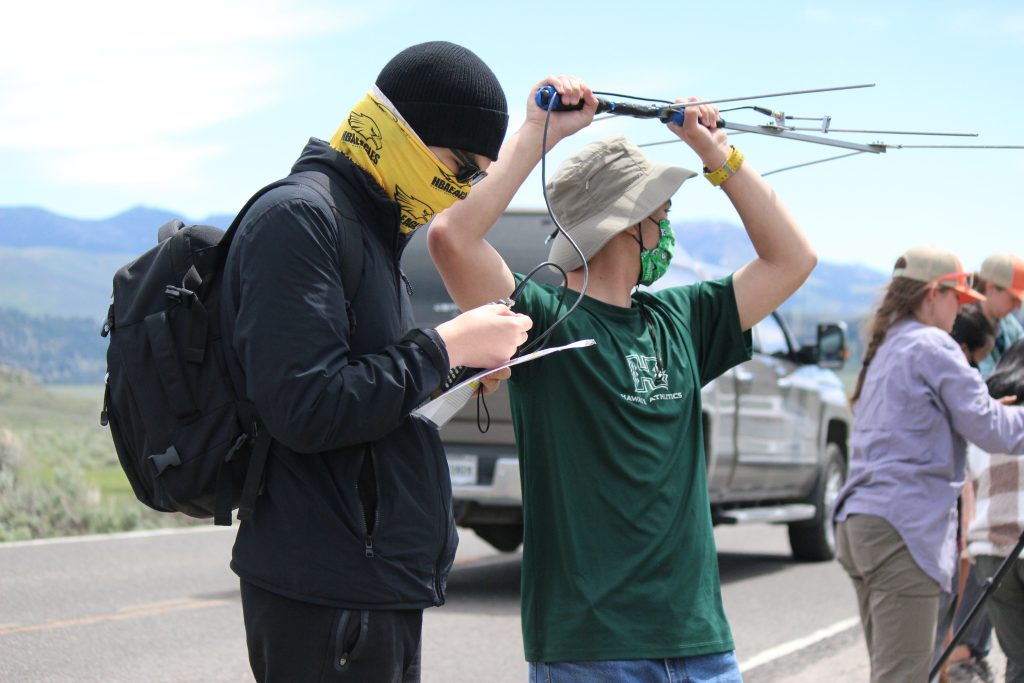
One morning, despite their yawns and half-lidded eyes from waking up early, the group hopefully packed their binoculars in anticipation of seeing wolves that day. Anne Tasaka (’22), then a junior, said, “We had to get [to the site] early so that we could catch the wolves returning from their hunt.” She remembers being bundled up in fleece jackets and still feeling cold that morning. “When we got there, there were people who were already there and they looked like they were regulars—they were all set up with their very high tech telescopes and sitting in their camo gear and stuff, watching for the wolves.”
When they arrived, the group met Jeremy SunderRaj, a researcher specializing in Yellowstone wolves, who explained how wolves in the park were almost hunted to extinction because of their classication as predators. However, this led to an overpopulation of ungulates—hoofed animals such as elk and pronghorns—so park authorities decided to reintroduce the wolves to restorethe park’s natural ecosystem.
The group got to touch a wolf pelt from one of the alphas in a Yellowstone wolf pack. Tasaka said, “It was surprisingly really soft—I thought it might not be that soft because they’re wild and need to be rough in the wild.”
The students also kept their eyes peeled for black bears in the park, while also gathering data by observing park visitors and how prepared they were for bear encounters. Oki explained that they observed and recorded the types of protection visitors brought to the park, such as bear spray and firearms, which informs the park on how safe both people and bears are. The students came up with a verbal code system—using different kinds of musubi to represent different kinds of bear protection—to discreetly call out observations on campers they passed by.
A lesser known category of animals at Yellowstone are the amphibians. The students took a four-hour long hike to an alpine lake to survey the number of amphibians, particularly frogs, in the lake. The frogs can only thrive within a certain niche—temperature range—so scientists routinely monitor the frogs to see if climate change is affecting conditions at the lake.
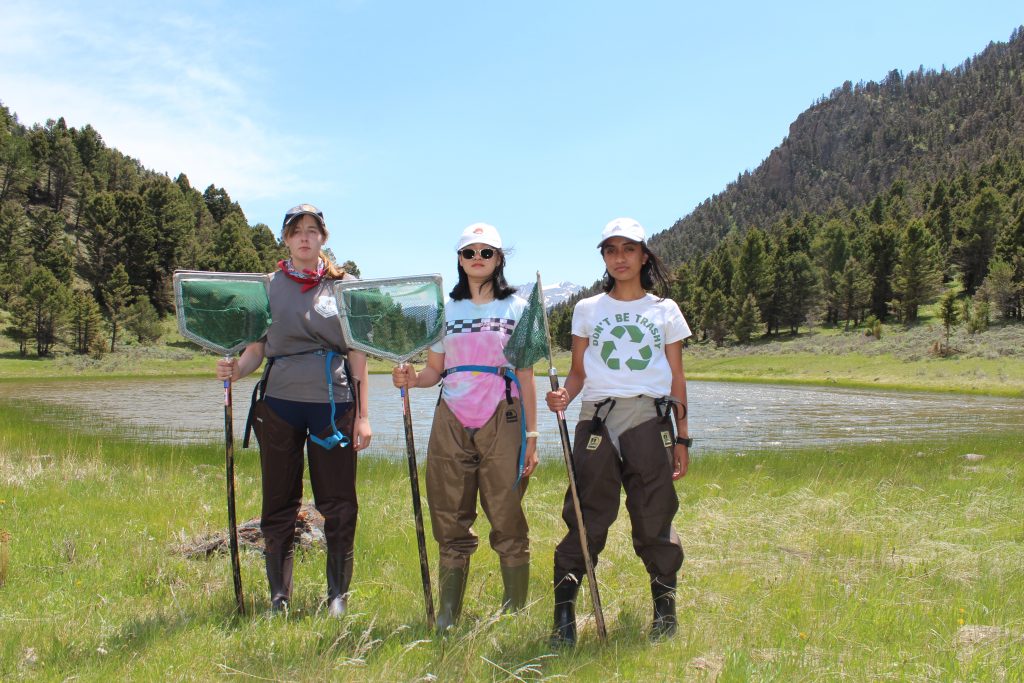
Suited up in waders, the group stepped into the lake to look for their webbed-footed subjects for the day. Cobi Pimental, currently attending the University of Nebraska in Omaha, shared, “It was interesting, even though we didn’t find anything, as it was the kind of survey [that occurs during] the earlier part of the season. Going into the water was pretty fun…just being in that surroundings was wonderful.”
Even though the students had originally had their sights set on the Galapagos islands, this trip nonetheless provided them with once-in-a-life time experiences and memories. For Pimental, not only was this trip his first time at a national park but it was also his first time camping outdoors. From not showering for nine days to answering nature’s call behind a tree (hidden from view, of course), Pimental said the experience was one that he will not soon forget.
Tasaka, who never saw herself as an outdoorsy type, discovered a new appreciation for being far away from creature comforts. Living off-the-grid without access to phones or the internet made her see how dependent on technology she was. She said the trip helped her be more grateful for modern day comforts and to be open to embracing the natural world.
When the bison tracking project was completed, Oki, who also found it a challenge adjusting to camping life, was crowned as the “Poop Princess” by the team for being really good at picking up bison poop samples. Humorous moments like this helped the team keep the trip’s purpose in perspective especially when things got challenging. Oki said, “[The trip] gave me a lot of perspective, and [I learned to care for the environment, the animals, their history, and what I can do to care for them in the future. I didn’t expect to learn how to conduct radio telemetry. I’m not sure when I’ll use it again, but I think it’s a cool thing to brag about (just kidding).” After the trip, Oki decided to volunteer in a clean-up project at the America the Beautiful Park in Colorado Springs, and she hopes to get more involved in local conservation efforts.
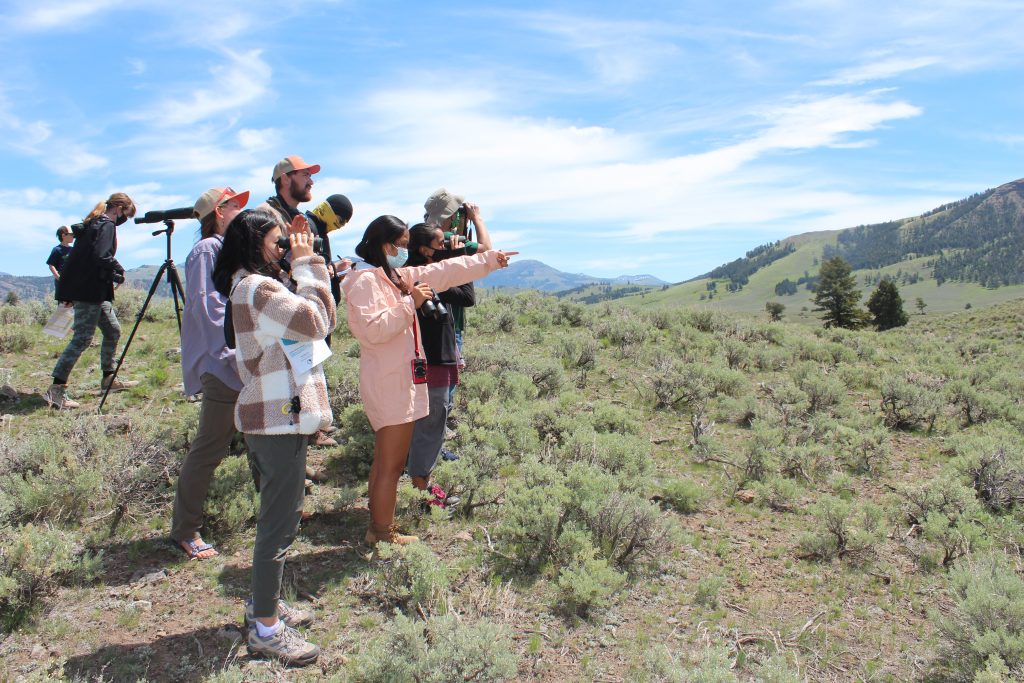
To end each day, the students spent time reflecting on what the Bible has to say about creation and how it applies to their lives. Mitchell, who prepared reflection prompts for the student, explained, “As Christians, when we study science, we are seeking God and a deeper knowledge of how He created everything and maybe even why He created everything. Ultimately, we’re trying to seek His truth through His creation. And as Christians who participate in conservation, we’re acknowledging that what he created is good and perfect and valuable, because it was created by God. And it deserves our reverence and our care.”
The group was asked to share their favorite animal sightings from the the trip.
Badgers:
“The cuteness award went to the baby badgers.” – Isaac Duncklee.
“Seeing them made my day.” Jasmine Oki
“It was so random – we saw the badgers while we were watching the wolves, and then we see the babies running around like crazy. It’s so rare to see badgers! I [was] just like, ‘why are they everywhere?’ Are you sure this is rare? Because we’ve been seeing a lot!”- Claire Mitchell
Bison:
“We saw this scene of two bison mamas crossing this really fast moving river with their babies—and that was a dramatic scene. We were wondering if the babies are going to get across safely. So that was awesome to experience.” – Duncklee
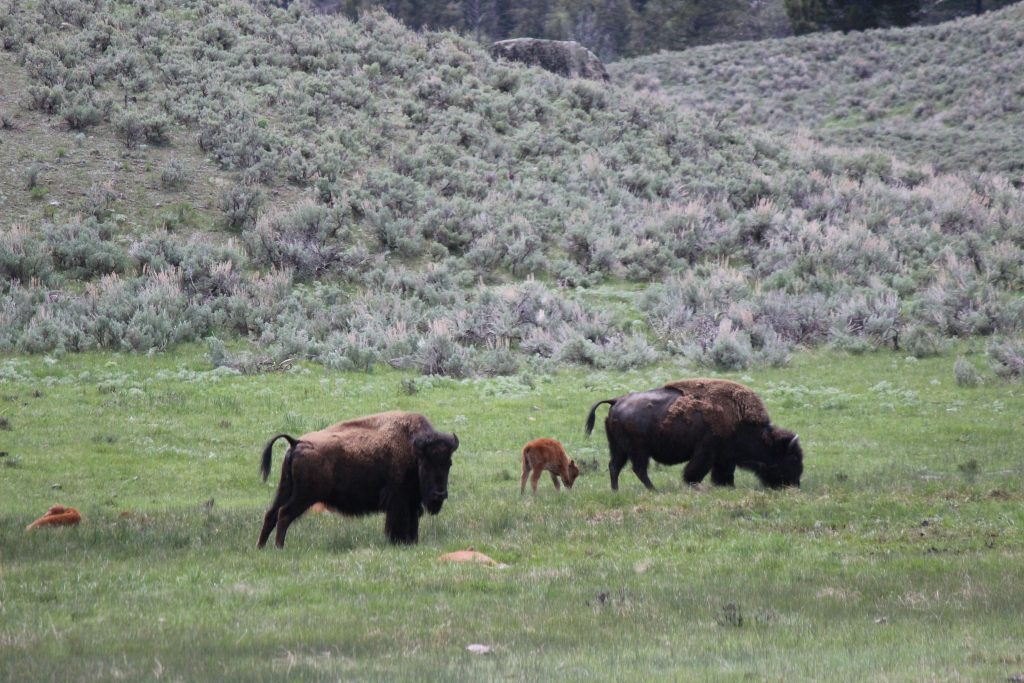
Wolves:
If I [had] just gone there as a tourist I don’t know that I would have been able to see them because I don’t know that I would have known where to go.” – Duncklee
Black Bears:
“I was amazed to see the number of American black bears. We even got to see their cubs which was a delight. I always thought that black bears were interesting and cool creatures, so being able to see them out in the open was an experience I’ll never forget.” – Grayson Becker
“The twin baby black bears we saw were so funny. They were fighting for a tree. One climbed up and and was like ‘no!’, then rips [the other bear] down and he climbs up; it was so human like.” – Mitchell
Birds:
“The hawks were my favorite animal spot.” – Cobi Pimental
